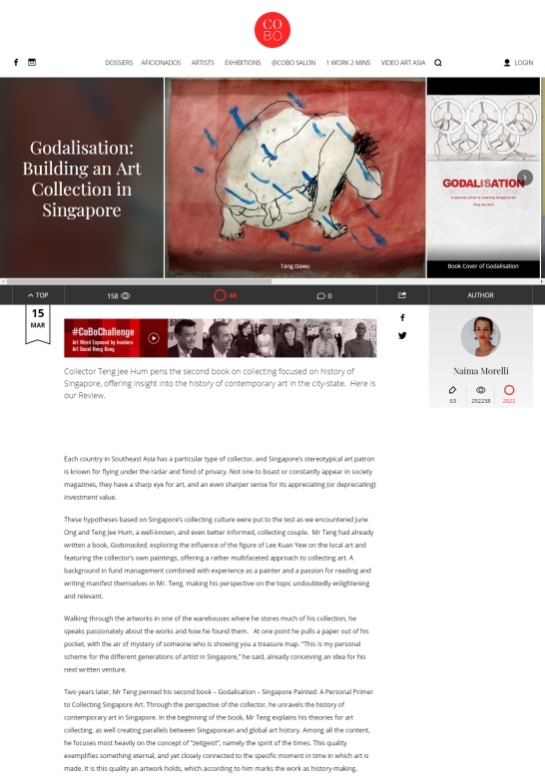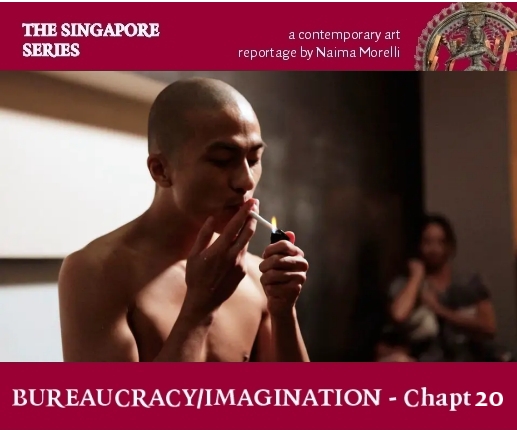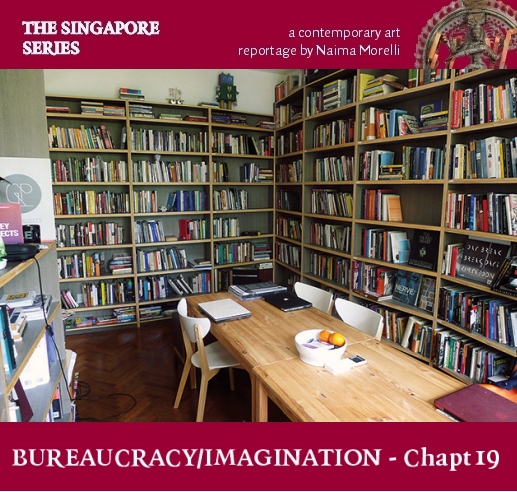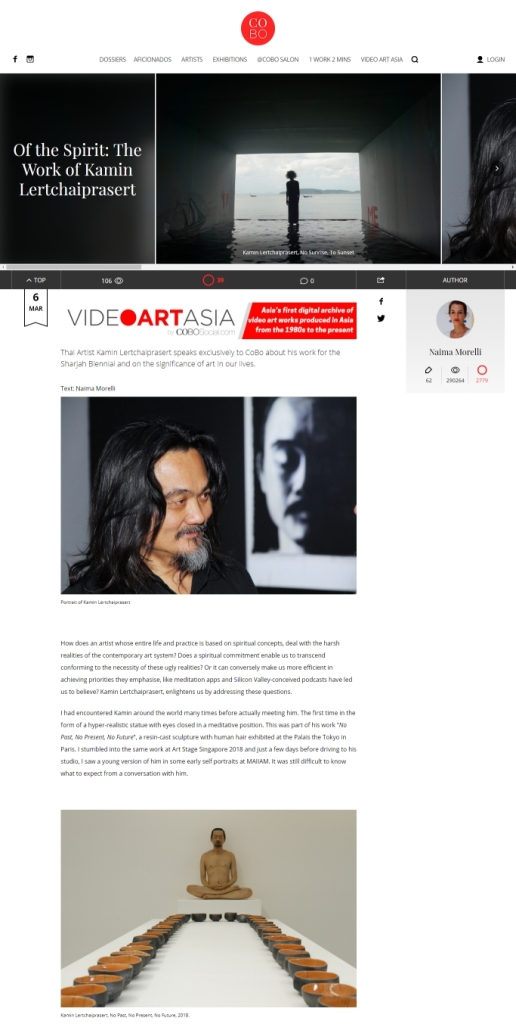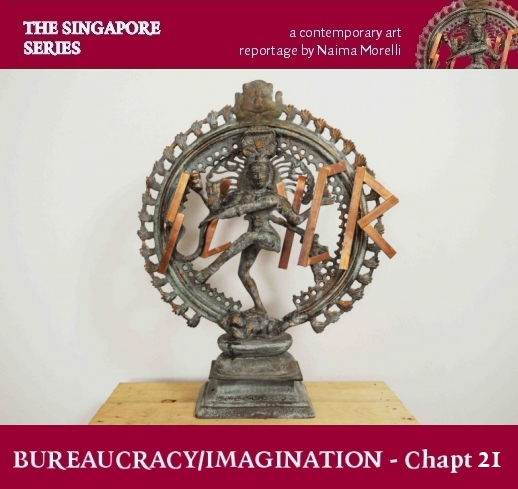
Gerald Leow
“Why should the government pay you to have fun?”
Yeah, right, why? Gerald Leow was the first person who phrased the question in this way. It shows that the kind of questions you ask, and the way you ask it, can result in overturning an entire vision, or perhaps making some hidden dynamics come to the surface.
This very simple question is one which artists from other countries would have asked themselves visiting Singapore, but a question that perhaps not many Singaporeans are asking themselves, perhaps not in this way. Gerald is aware of it: “I have very controversial views. I think as an artist…”, he hesitates as he ponders the words. “That’s the only thing that makes you special. It’s your mojo, you know? And then instead of protecting this thing and having full autonomy over it, you give it to someone else and say, “Here: how about you dictate what kind of work should I do?” To me it sounds ridiculous.”
Read More